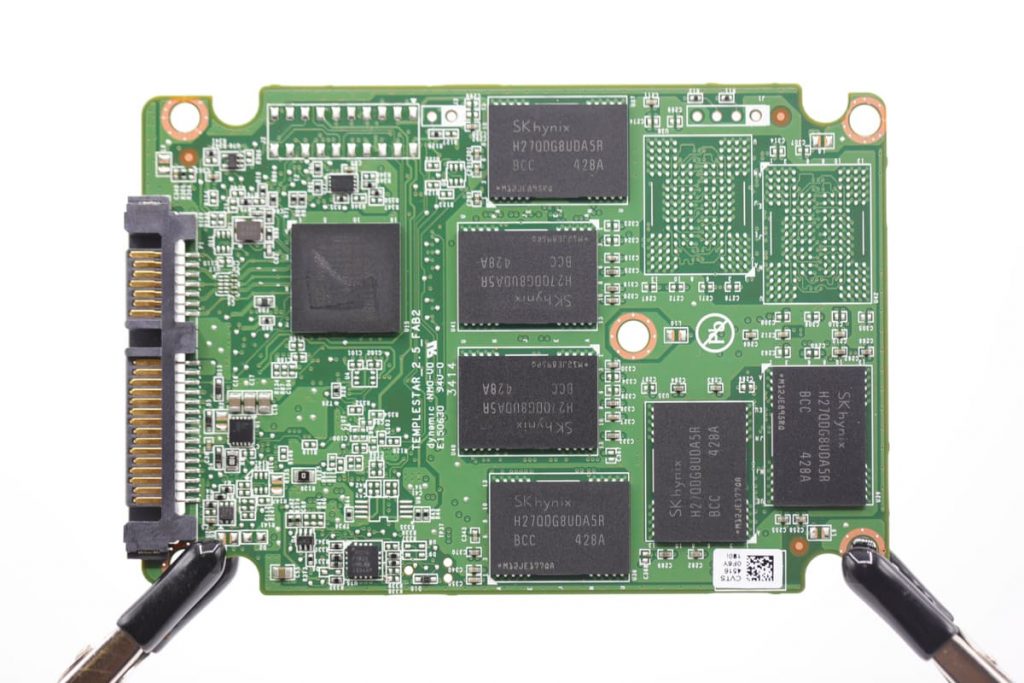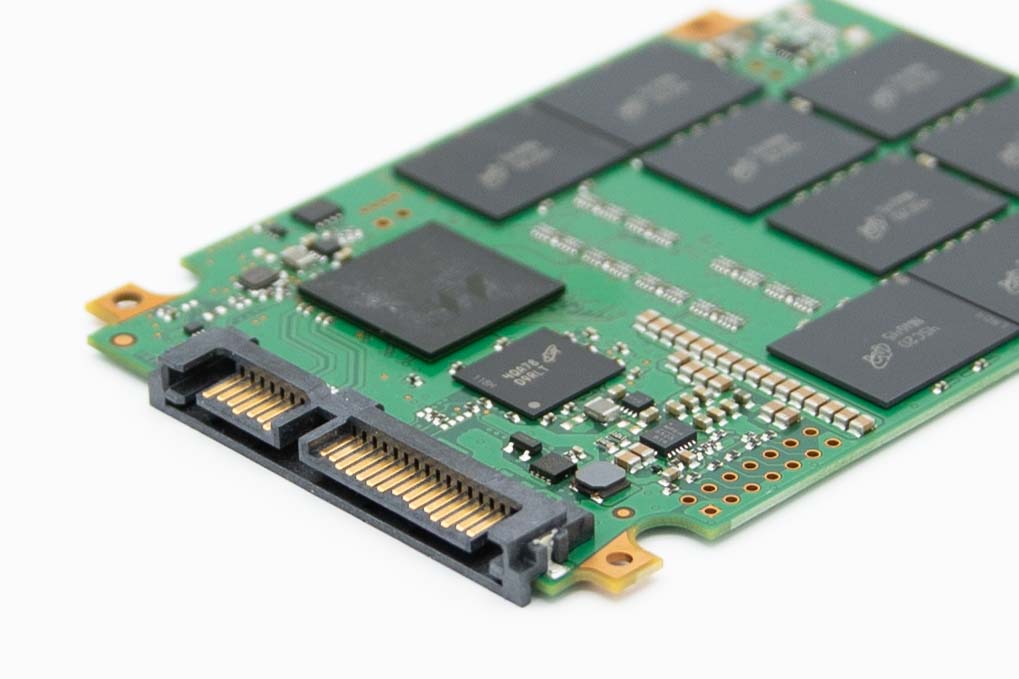From individuals to large enterprises, the need for dependable data storage is surging day by day. One of the most advanced ways for the reliable keeping of essential data is solid-state drives.
Over the past several years, businesses of all sizes have begun investing in solid-state drives for their data storage requirements. SSDs provide enterprises with many benefits starting with faster performance and ending with more excellent durability.
Nevertheless, as solid-state drive technology is so new, many people question its longevity and reliability. Hence, it is critical to know the ins and outs of SSDs to make your own impression about them.
What is SSD Endurance
There are various ways to determine the durability of solid-state drives, and one of them is endurance. SSD endurance stands for the total amount of data that the device is warranted to be able to write under the specified lifetime. Drive Writes per Day (DWPD) or Terabytes Written (TBW) often help determine this feature.
Results from DWPD and TBW are based on predictions and can not be precisely calculated. In brief, there are generally three factors that determine SSD endurance: (1) DWPD, (2) total TBW over time, and (3) the age of the drive. Of the three factors, only the age of the drive is a specific measurement.
More Information on DWPD and TBW

Drive Writes per Day relates to how many times a solid-state drive’s usable capacity can be overwritten in 24-hours within a particular lifetime.
On the other hand, Terabytes Written factor represents the total amount of data written to the SSD over the specified lifetime. Regardless of whether the drive is TBW or DWPD rated, SSD endurance is generally dependent on the NAND flash memory endurance.

Every time data is written on the NAND flash memory, one Program/Erase cycle is produced, and the oxide layer within the cell degrades.
This results in a finite life expectancy of the cell. As more P/E cycles are created, the oxide layer weakens and cannot hold the electrical charge required for storing data. Still, regardless of the NAND flash memory type, the rate of charge loss can result in wear-out and data loss.
Why Is It That Important?
The safety of the critical data depends on the endurance. Hard disk drives usually show symptoms of the failure and make it clear to the user when something is wrong. Solid-state drives give no warning. Hence, a user must have a time frame to ensure that all the information is safe, and DWPD and TBW provide that assurance.
Various endurance levels also could help make a decision regarding the solid-state drive and estimate which drive suits your requirements and purposes best. While excessive endurance may unnecessarily increase the costs or vice versa, lack of it can result in failure and data loss.
A failure situation is a critical event, which usually costs the user not only money but also a lot of time. In addition to this, it completely ruins the day. But if the SSD does fail, taking valuable data with it to the next world, and there is a need for professional help, an SSD is much more convenient and easier to transfer.
For many years, PITS Global Data Recovery Services has been providing top-level data recovery solutions for a vast range of media storage devices, including hard disk drives, solid-state drives, RAID arrays, flash storage, servers, and many more. Our company does everything to make clients’ experience positive with us.
So if you are facing a data loss situation on your SSD, do not hesitate to contact us at (888) 611-0737 for a completely risk-free evaluation of your device. Or you can simply submit a case online, and we will get your data back to you as soon as possible.
